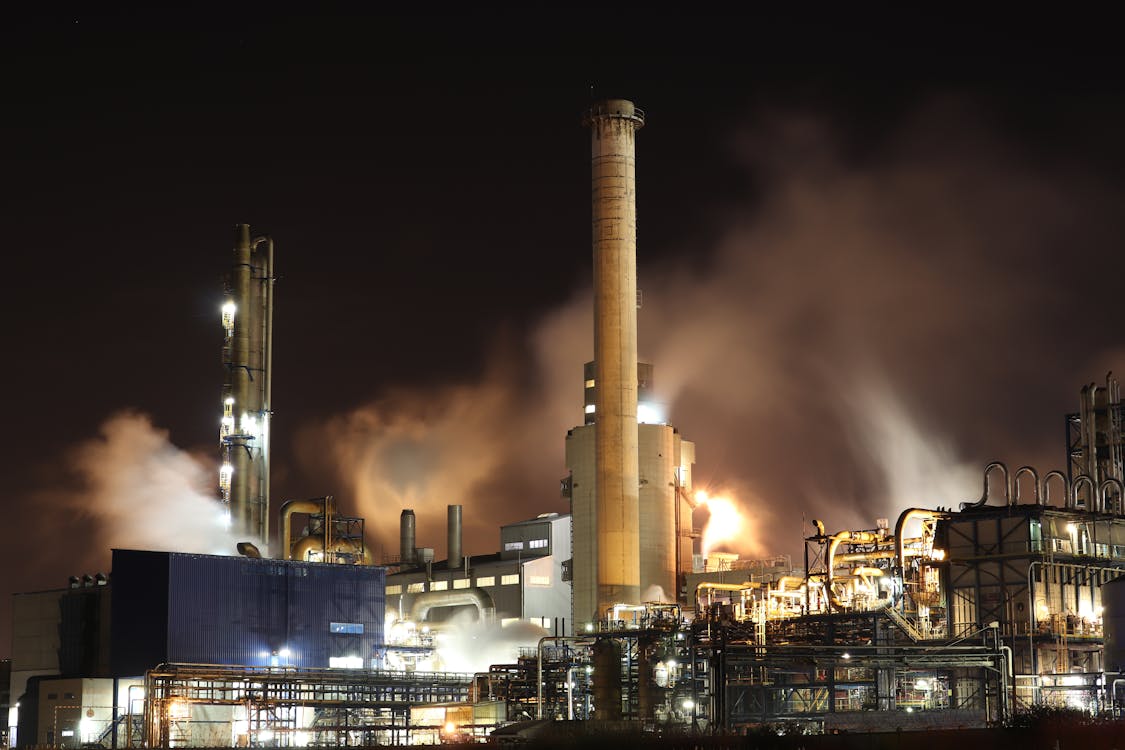Eliminating CO2 at room temperature
A new chemical process developed by researchers at the National Institute of Standards and Technology (NIST) demonstrates how it is possible to reduce the carbon dioxide emissions in coal power plants at room temperature. While the NIST team still has a way to go in order to make their method commercially scalable, they have significant hopes that it will be able to ultimately cut the costs and energy requirements in fossil-fuel power plants.
The method, which is reported in the journal Nature Materials, involves a chemical process to eliminate carbon dioxide. In this process, the team utilized localized surface plasmons (LSP), or electron waves on aluminum nanoparticles placed on graphite, to harvest the energy needed to reduce carbon dioxide into carbon monoxide.
Previous attempts to reduce carbon dioxide to carbon monoxide, thereby eliminating carbon dioxide from emissions have required high temperature or pressure, usually temperatures as high as 700 degrees Celsius. The LSP method can be used effectively at room-temperature and saves money by utilizing an inexpensive and abundant metal: aluminum.
"We showed for the first time that this carbon dioxide reaction, which otherwise will only happen at 700 degrees C or higher, can be triggered using LSPs at room temperature," said researcher Canhui Wang of NIST and the University of Maryland.
In addition to saving energy, the byproducts of the LSP method are the building blocks for synthesizing methane, ethanol, and other carbon-based compounds used in industrial processing. This means that by introducing the method to fossil-fuel power plants, other industries could also benefit.
Furthermore, the research suggests that other chemical reactions that currently need a large infusion of energy could instead implement LSPs to also occur at room temperature and pressure.
"Carbon dioxide reduction is a big deal, but it would be an even bigger deal, saving enormous amounts of energy, if we can start to do many chemical reactions at room temperature that now require heating," said NIST researcher Renu Sharma.
Sources: Nature Materials, Eureka Alert









